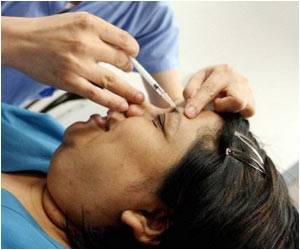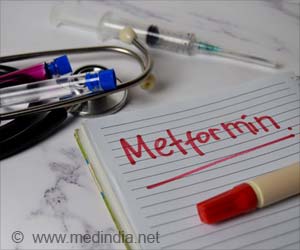Biochemical pathways that can lead to aging of muscles have been identified by scientists from University of California, Berkeley.
Biochemical pathways that can lead to aging of muscles have been identified by scientists from University of California, Berkeley.
By manipulating these pathways, the researchers were able to turn back the clock on old human muscle, restoring its ability to repair and rebuild itself."Our study shows that the ability of old human muscle to be maintained and repaired by muscle stem cells can be restored to youthful vigor given the right mix of biochemical signals," said Professor Irina Conboy, a faculty member in the graduate bioengineering program that is run jointly by UC Berkeley and UC San Francisco, and head of the research team conducting the study.
"This provides promising new targets for forestalling the debilitating muscle atrophy that accompanies aging, and perhaps other tissue degenerative disorders as well," she added.
Previous studies have shown that ability of adult stem cells to do their job of repairing and replacing damaged tissue is governed by the molecular signals they get from surrounding muscle tissue, and that those signals change with age in ways that preclude productive tissue repair.
The regenerative function in old stem cells can be revived given the appropriate biochemical signals.
During the study, the researchers examined the response of the human muscle to biochemical signals.
Advertisement
Those stem cells also have a receptor for the protein TGF-beta that, when excessively activated, sets off a chain reaction that ultimately inhibits a cell's ability to divide.
Advertisement
This study revealed that the same pathways are at play in human muscle, but also showed for the first time that mitogen-activated protein (MAP) kinase was an important positive regulator of Notch activity essential for human muscle repair, and that it was rendered inactive in old tissue.
When levels of MAPK were experimentally inhibited, young human muscle was no longer able to regenerate. The reverse was true when the researchers cultured old human muscle in a solution where activation of MAPK had been forced.
In that case, the regenerative ability of the old muscle was significantly enhanced.
The study appears in journal EMBO Molecular Medicine.
Source-ANI
RAS










